Beyond the Luster: Unraveling the Secrets of Natural and Cultured Pearls

The timeless elegance of pearls continues to captivate jewelry enthusiasts worldwide. Among these radiant gemstones, natural pearls and cultured pearls hold a unique charm and intriguing backstory. Let us delve into the distinct formation processes of these genuine pearls and explore their inherent beauty and value.
Understanding Natural and Cultured Pearls:
Natural pearls and cultured pearls are genuine gems that originate from living mollusks such as oysters and mussels. The primary distinction between these two types lies in the initiation of the pearl formation process.
Natural Pearls: The Accidental Treasures:
Natural pearls form serendipitously in natural environments when an irritant, such as ocean sand or dust, accidentally enters the soft tissues of an oyster. The oyster's defense mechanism is triggered, leading to the secretion of a layer known as nacre. This secretion (also referred to as the pearl layer) gradually develops into a natural pearl.
Cultured Pearls: Art Meets Nature:
In the case of cultured pearls, human intervention initiates the process. Pearl farmers carefully introduce an irritant, such as a bead nucleus, into the soft tissues of an oyster, stimulating a similar nacre-building process seen in natural pearls.
The Impact of Cultured Pearls:
Prior to the advent of cultured pearls in 1893, natural pearls were exceedingly rare and highly valued. However, the introduction of cultured pearls made these radiant gemstones more accessible and affordable, attracting a broader audience.
The Modern Pearl Market:
Today, a significant portion of pearl jewelry in the market utilizes cultured pearls due to their abundant supply and diverse designs. On the other hand, due to the rarity of natural pearls, they often appear in antique collections and prestigious auctions, commanding high prices.
Protecting the Ocean's Riches:
The development of the cultured pearl industry has made it possible to restrict diving for natural pearls, contributing to the preservation and conservation of mollusk populations. This step underscores the industry's commitment to responsible and sustainable practices.
Understanding Cultured Pearls Further:
Whether grown in freshwater or saltwater, cultured pearls are genuine pearls. Their formation process is initiated by an irritant within the oyster's shell. Once the irritant is present, a pearl layer forms around it, giving rise to the pearl. Although the process of culturing pearls differs from the formation of natural pearls, both types are genuine gemstones.
Types of Cultured Pearls:
Cultured pearls primarily come in two types: saltwater pearls and freshwater pearls. Within these two types, there are different subtypes based on their cultivation methods and locations. Among them, saltwater pearls grow in the seas of Asian and Australian countries and islands. There are three types of saltwater pearls: Tahitian pearls, South Sea pearls, and Akoya pearls. These pearls range in diameter from 2 millimeters to 15 millimeters. They are commonly round and white, but can also be black or light-colored.
Natural pearls and cultured pearls embody the essence of authenticity in their unique origins and formation processes. Each possesses its own allure and value, testifying to the wonders of nature and human ingenuity. Understanding their distinctive characteristics and origins is key to appreciating their enduring allure and desirability.
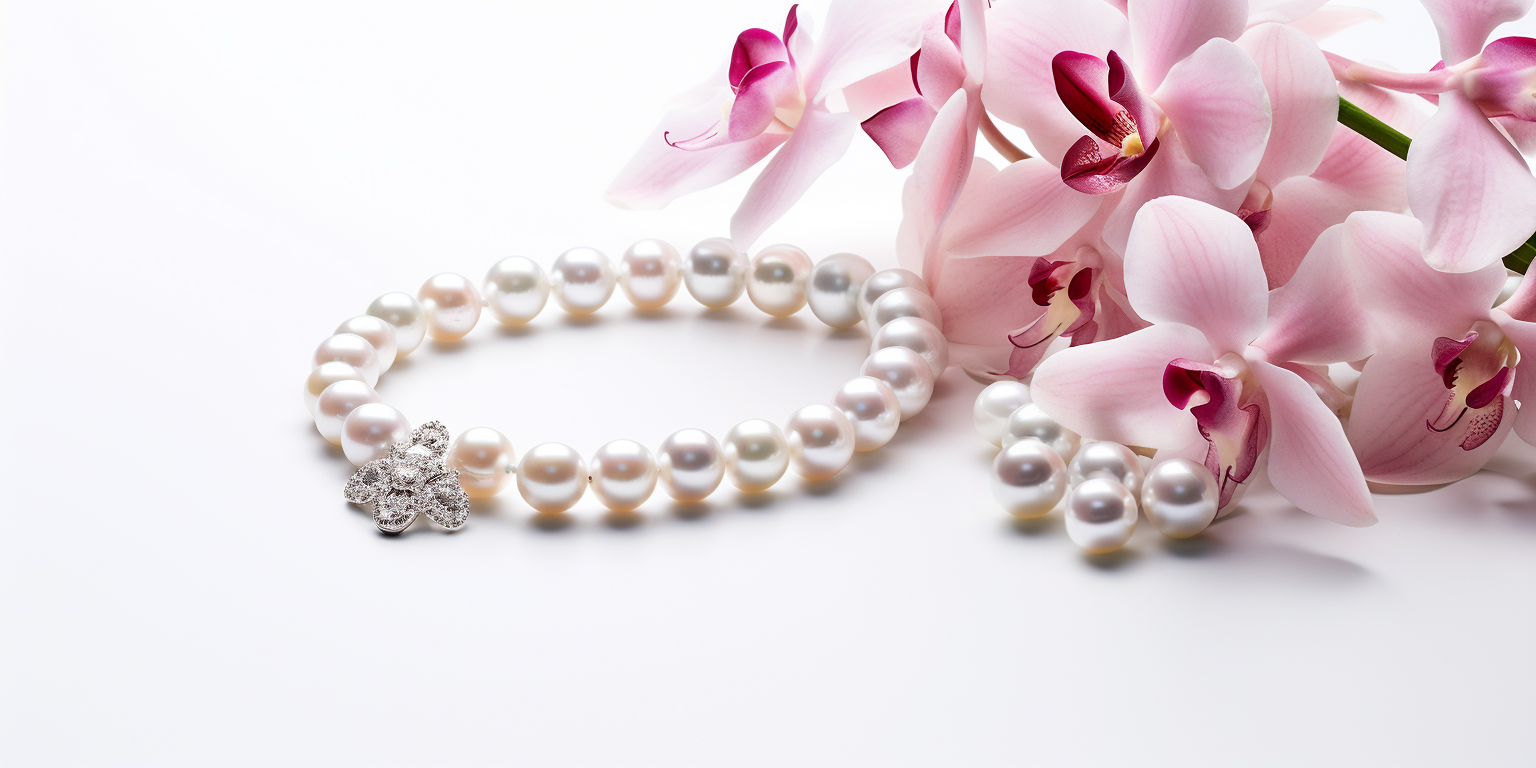
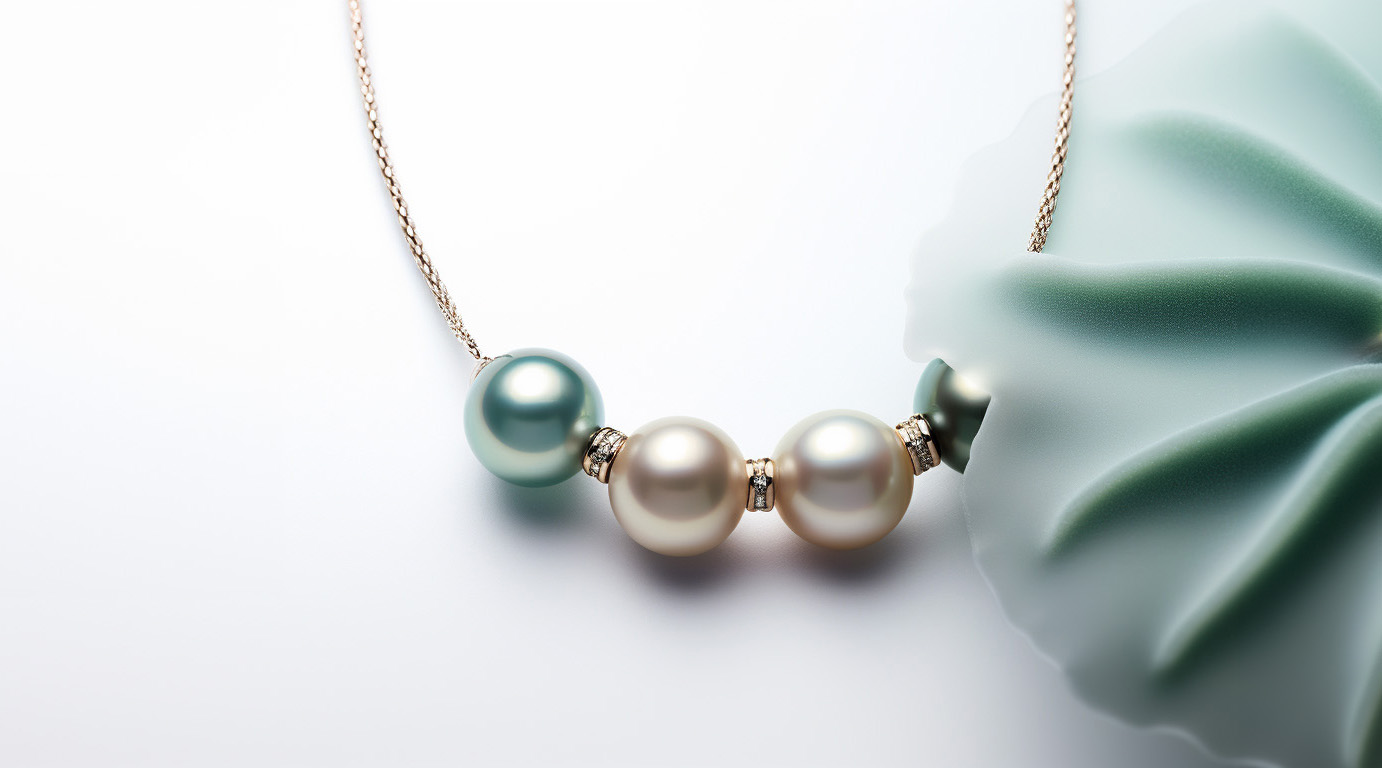
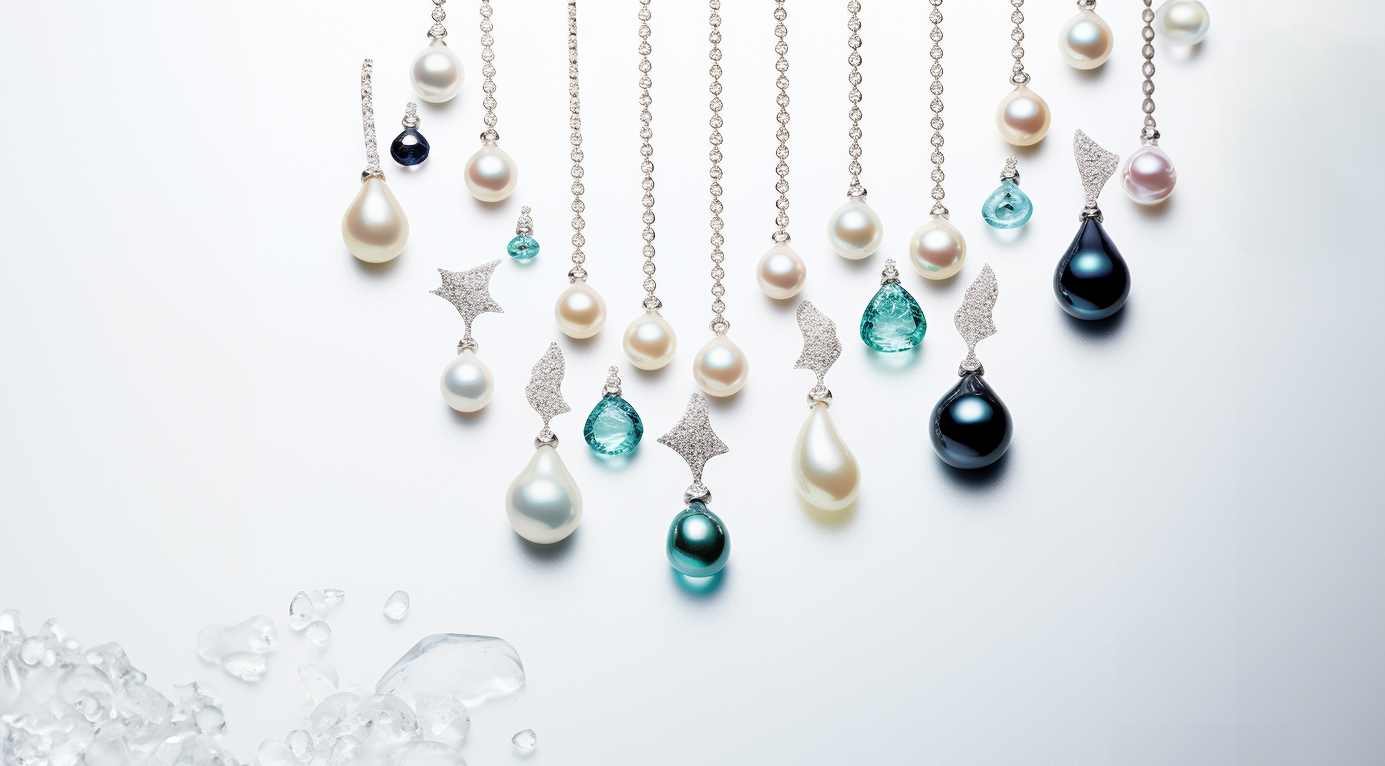
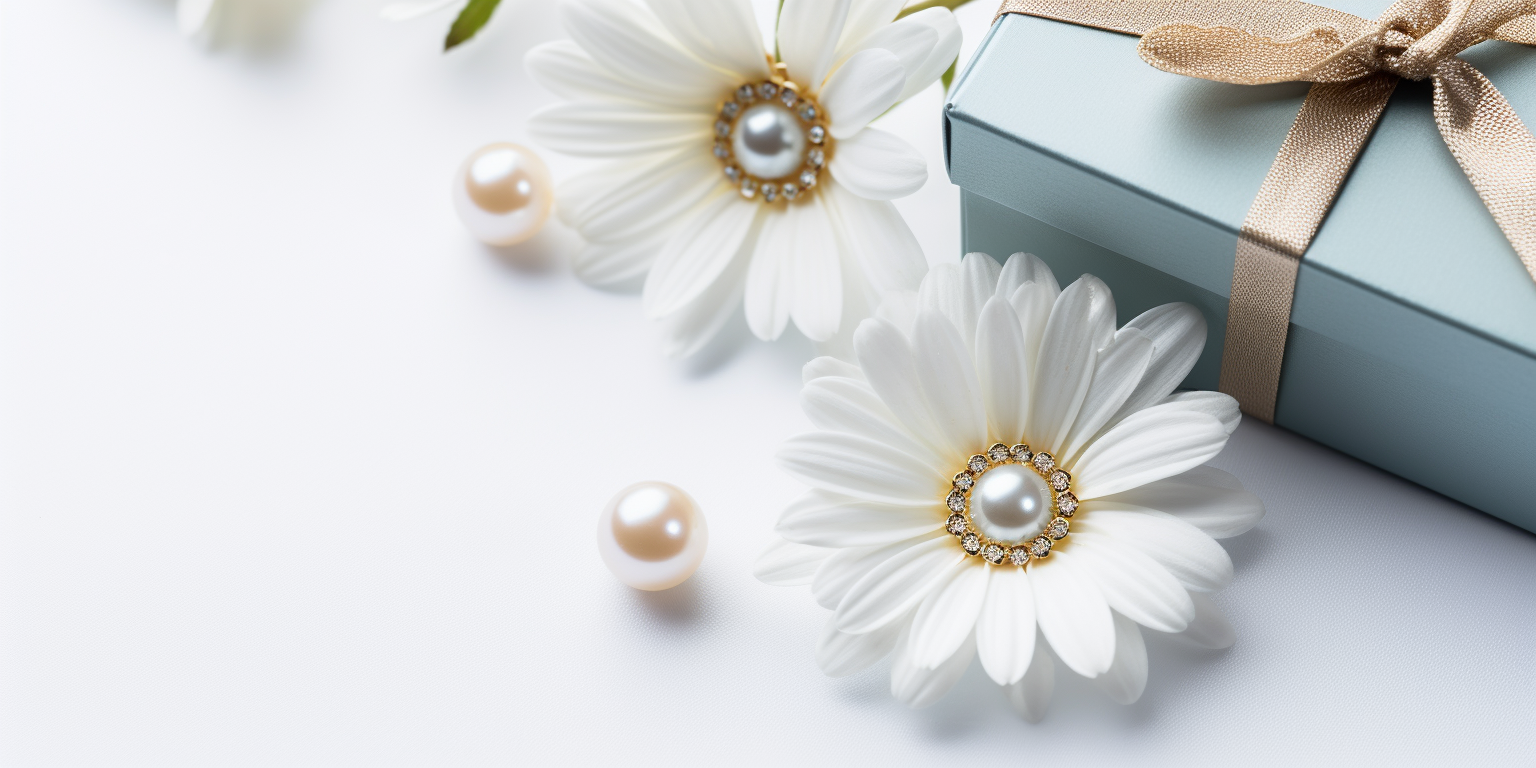


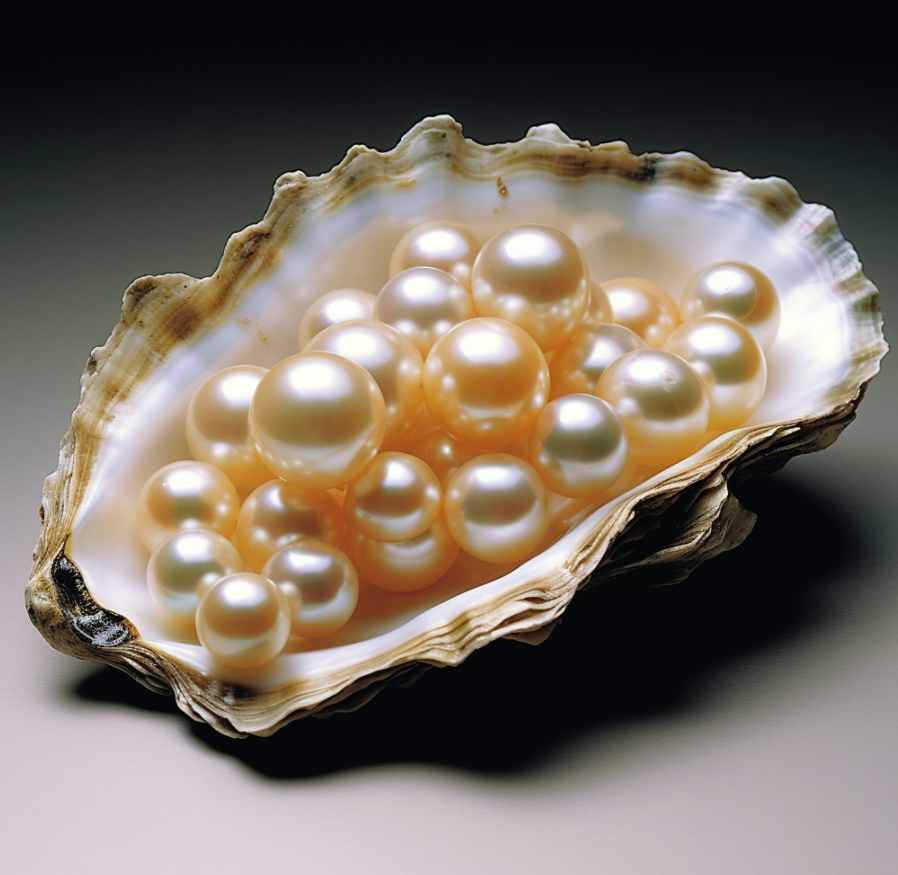
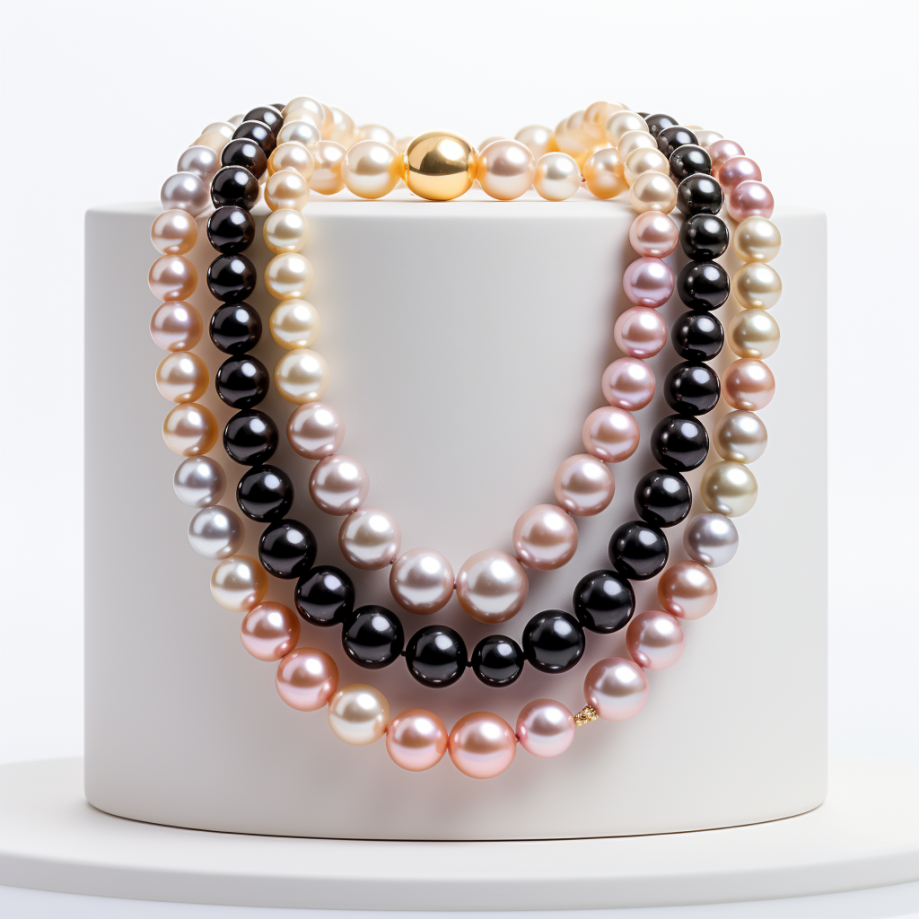
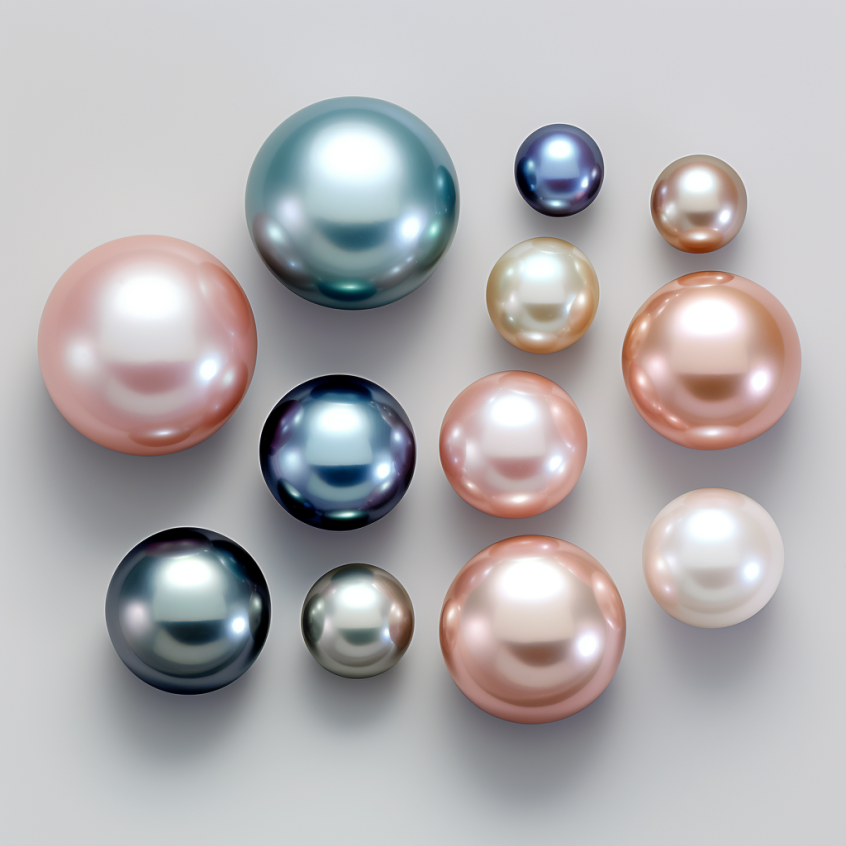
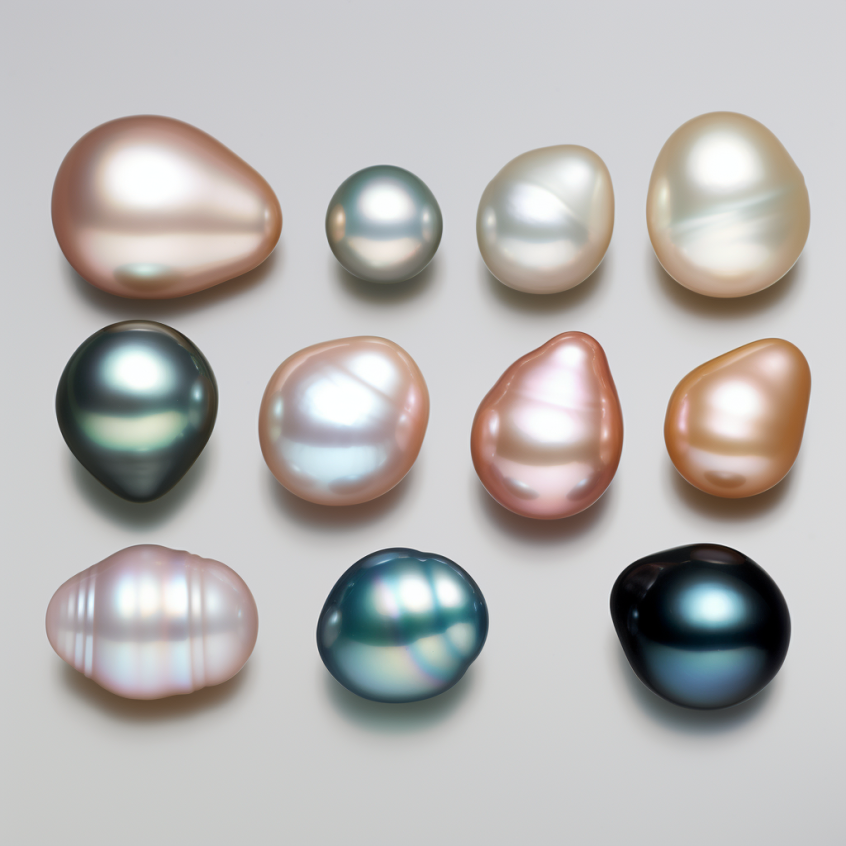
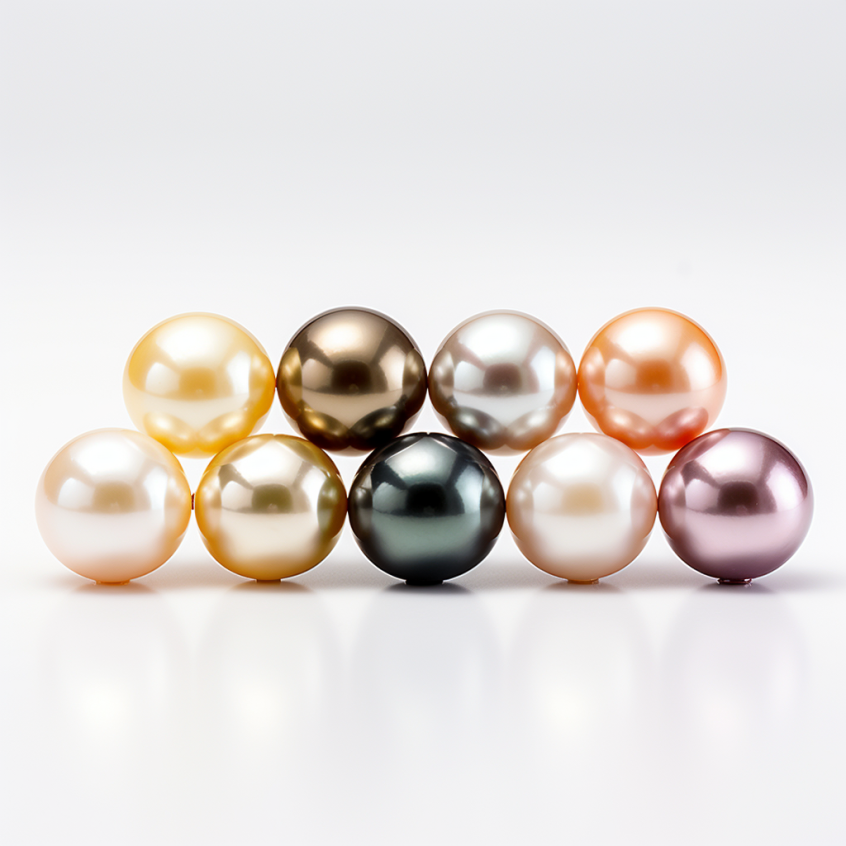
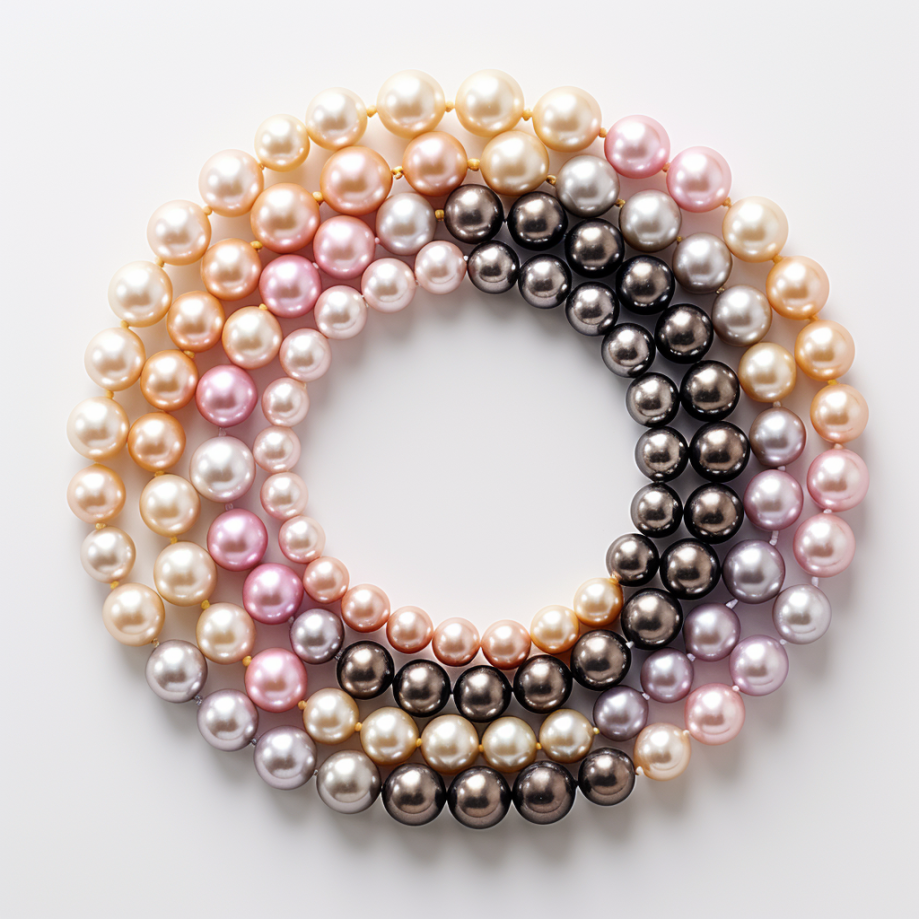
Leave a comment